It’s hard enough to start out as a runner, but our sport becomes next to impossible when the clothes don’t fit. One runner, Debbie Millar, charts her frustration.
I’ve only been running for two years now. I’ve never been a runner, but have been active most of my life, mainly swimming. Put in me a pool and I turn into a fish. On dry land, well, maybe more elephant-like.
I’ve always struggled with my weight, even as a competitive swimmer. As I grow older—I’m 58—it’s even harder. I started running after watching my niece, Kelly, run her first half marathon. She is only five years younger than me, so we are more sisterly than aunt/niece. Kelly encouraged me to start running to get healthier and hopefully slim down, and said it’s something we can (sort of) do together. She’s pretty fast and I’m turtle-slow, so it’s hard for her to slow it down. However, going out with her, meeting her running friends, and making new friends are what’s important. I usually end up running by myself and we’ll meet up at the end for coffee—and lots of laughs. Turns out I like to run.
My first goal was to run the Band On The Run 5K in Huntsville, Ontario. I was terrified! The first thing I needed was new runners, so off to the local running store I went. While I was waiting to get fitted and assessed, I started looking at the clothes.
I had plenty of workout clothes for yoga, but didn’t want to run in those as they are tight-fitting, and I was too self-conscious about my shape. I was looking for tops that were loose and fairly long to cover my rear end. And so started my extreme frustration and disappointment with running clothes.
First off, the selection of shirts that actually had large and extra-large sizes was extremely limited. Most of the sizes they had were extra-small, small, and medium. Before I get started, I’m already at a disadvantage. I tried on a large shirt first. This was more of a small-medium, and as soon as I put my arms into the shirt I knew it wouldn’t fit. Next up, the XL. It fit more like a medium, and was so tight. This is when the heartbreak starts and the voice in my head starts putting myself down. Frankly, I was embarrassed.
I suspended my quest for a shirt and decided to try on running pants, terrified that this was going to be a disaster too. To my surprise, the large fit. I knew they had to be snug. That was ok, as long as I could find a shirt big enough and long enough to hide what I needed to.
I complained to the store manager about the sizes and she told me that this was a common complaint. Now I don’t feel so bad. This really surprised me, especially in a sport where everyone is encouraged to jog or walk and get healthy. You’d think they would accommodate the people who are just starting out and are not the typical svelte shape of a runner. The store manager did find one XL tank top that was buried somewhere, and it fit—it was still a tad snug, but I could deal with it.
Time for my shoe fitting. No issues there, thankfully. Shoes purchased, pants purchased. Oh, and I needed a new running bra.
As was with the tops, the selection of large bras was extremely limited. Of the ones I liked, they didn’t have my size. Of the ones I didn’t like, they had one or two, so I tried them. I could hardly get them on. The first one I couldn’t even get down past my shoulders. Off that came. After about a 10-minute struggle, I got the second one on. It was like a vise. Nope, can’t do this, off it goes. Getting it off was worse than getting it on! After another 10-minute, struggle I got it off. Now I was exhausted, sweating so hard, my face was red, and I felt like I had just ran a marathon. My God, do these manufactures even test the sizes and the ease of getting on/off on anyone?
Once again I voiced my opinion to the poor kid trying to help me.
I left the store with a pair of runners, a tank top, and a pair of capris. It would have been a lot more if they’d had a better selection of sizes—REAL sizes.
So began my journey of finding nice, and I stress nice, clothes to wear as I prepped for my first 5K and the road to better health.
I wanted more shirts, other than the cotton t-shirts I was running in, and a couple more bras. A department store was the next stop, then an upscale athletic boutique. I figured since they were bigger stores with more selection, they would have larger size ranges. I was wrong! Sure, they had more selection of different brands, but the sizes and the sizing? Nope, just as bad.
I would take 4–5 XL shirts, once I found them, into the change room, and walk out with nothing that fit—everything was too small and too tight. I’d go back to searching and repeat the process. I left the stores empty-handed, almost in tears.
I never even bothered with the bras.
The time came for my 5K and I was off to Huntsville. I picked up my very first race kit and my first race shirt. I asked for an XL and was sure it would fit, figuring they would have “real” sizes. Wrong again! It was way too tight for my liking. An XL should be loose. I asked if they had an XXL—nope, this was it. My niece was also running and even she mentioned her shirt was a bit snug. Kelly has been running a long time and fits small or medium, so for her to say it was snug speaks volumes on the incorrect sizing these days.
I ended up wearing a cotton t-shirt and my windbreaker from when I was in school. I was sweltering, even though the day started out drizzling and a tad cold.
Whomever manufactures these shirts need to revisit their patterns, resizing them to fit EVERY BODY. What used to be a 14 is now more of a 12, and it’s just not right. I had a blast at my 5K and was hooked. Turns out, I like to run!! Everyone was so nice and had great attitudes. I saw people of all shapes and sizes running, walking, being healthy. It was a great day.
I signed up for the Scotiabank Waterfront, another 5K, and continued to run. I wasn’t running as much as I should, as work would get in the way far too much, but I soldiered on. And again ventured out to get more running clothes. I went to the outlet stores, and with every brand it was the same story: very little selection in XL, and XL was too tight—shirt after shirt, bra after bra. I did get lucky at the Saucony store and came out with two tanks.
I signed up for a few more runs: the Chilly 5K (miraculously, the XL jacket did fit), then I upped it to a 10K. I did a 10K, then another one, and every shirt was just too tight. My second race was in Niagara was slightly better, but still not a true XL.
I know I’m not the only “I-don’t-look-like-Shalane-Flanagan” runner out there—and the running world knows this. Even John Stanton posts picture after picture of runners of all shapes and sizes, so he knows that we are not all size 0. Please, I’m talking directly to all of the running brands here—please wake up! You would sell a lot more products if you properly sized your clothing. Maybe the stores need runners on staff (women and men) who are not a size 0 to try on their mock-ups and work at the registers. Make adjustments to accommodate the various body types out there, not just a runner’s perceived body shape and size.
The quest goes on to keep running, get fit, desperately try to lose weight, and find decent running clothes that will fit, but most importantly, have fun and not get caught up in the “nothing fits” disappointments.
I know the sport can do better. I know I’m not the only one.
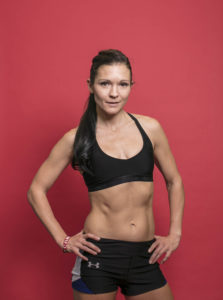





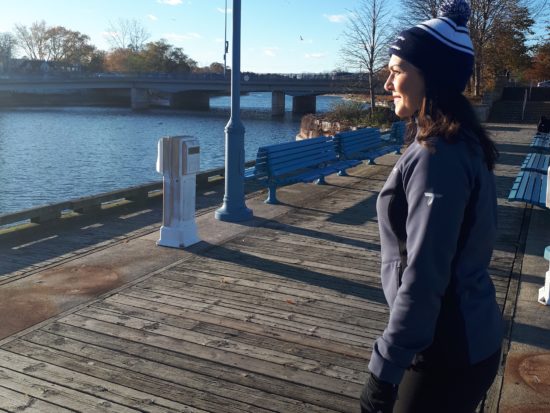
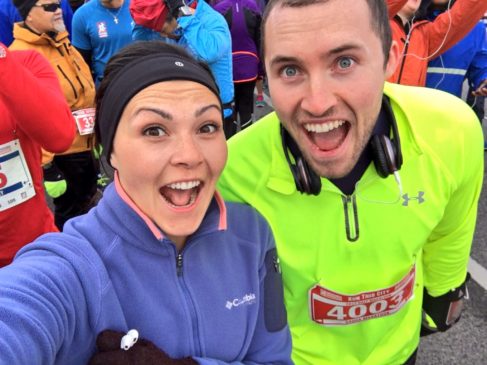





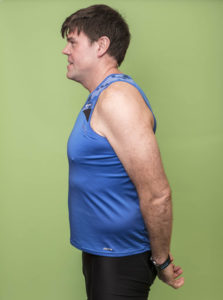
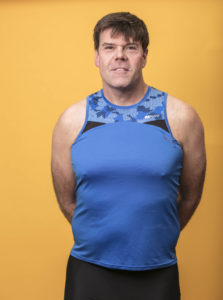

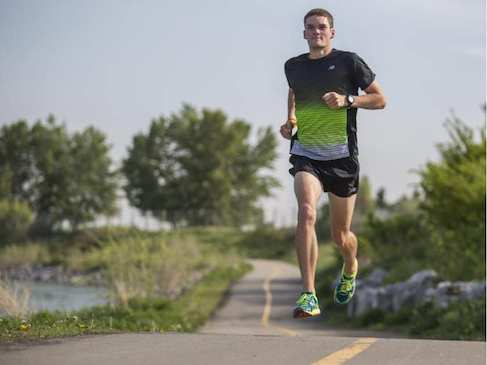
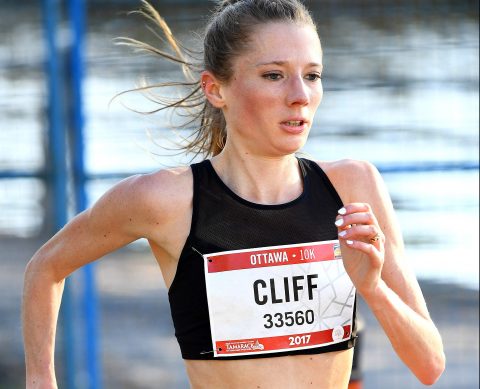
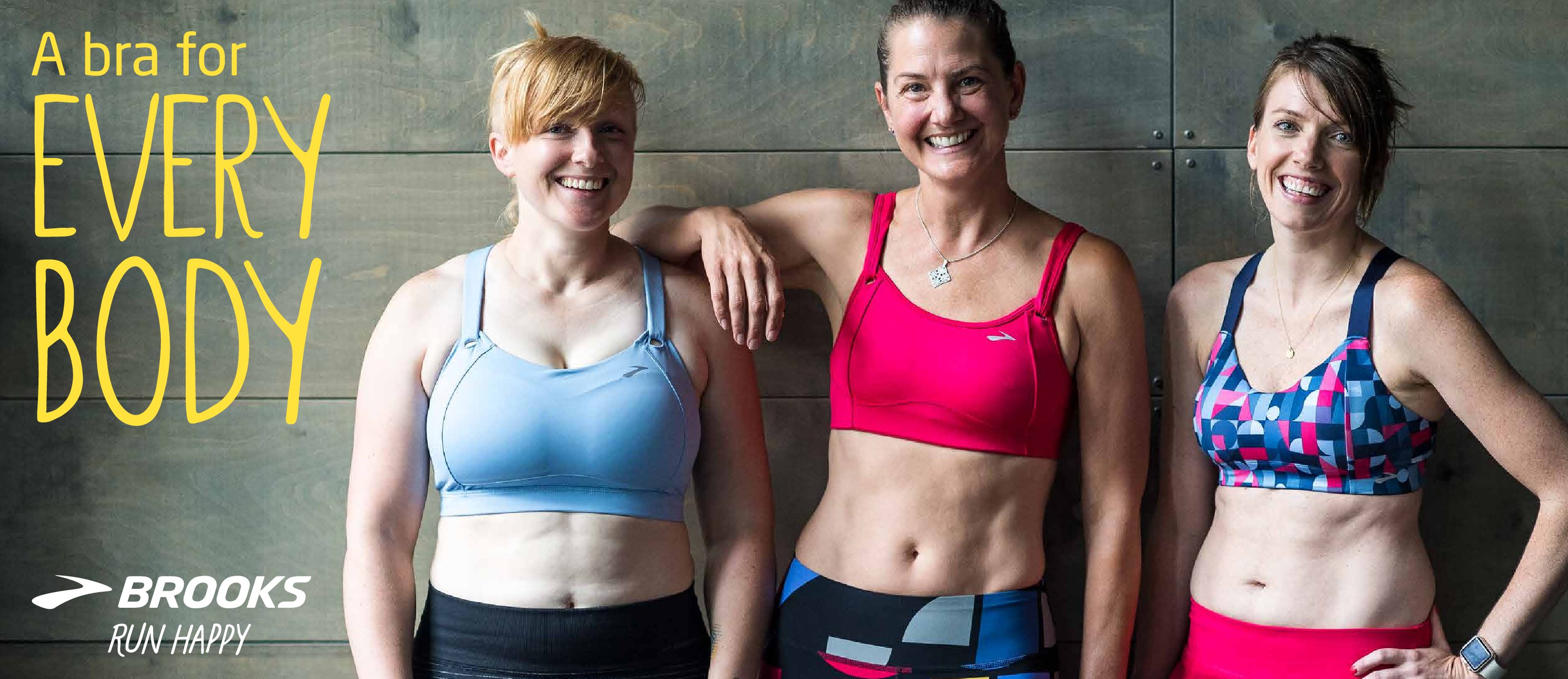

 Our Magazine
Our Magazine
